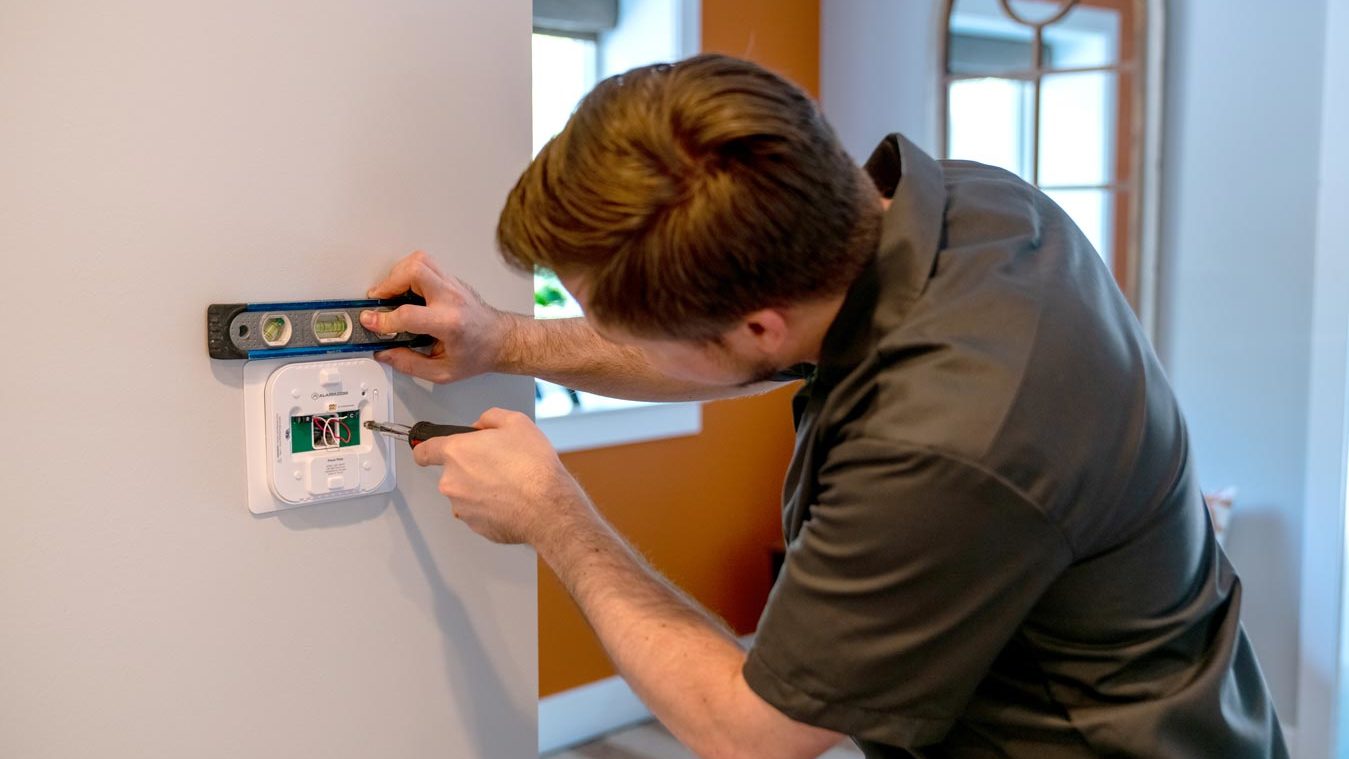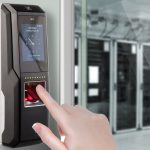In the ever-evolving landscape of security and access management, the installation of a comprehensive access control system has become a critical step in safeguarding both commercial and residential properties. These advanced systems go beyond traditional locks and keys, providing a tailored solution that grants or denies entry to authorized individuals, while meticulously monitoring and recording the flow of people within your premises.
In this article, we will guide you through the process of installing an access control system, equipping you with the knowledge and strategies to enhance the security of your spaces. From understanding the key components and features to the step-by-step installation procedures, this comprehensive guide will empower you to navigate the intricacies of access control system integration and ensure a seamless transition to a more secure environment.
Prepare to enhance the security of your spaces through the seamless installation of an access control system.
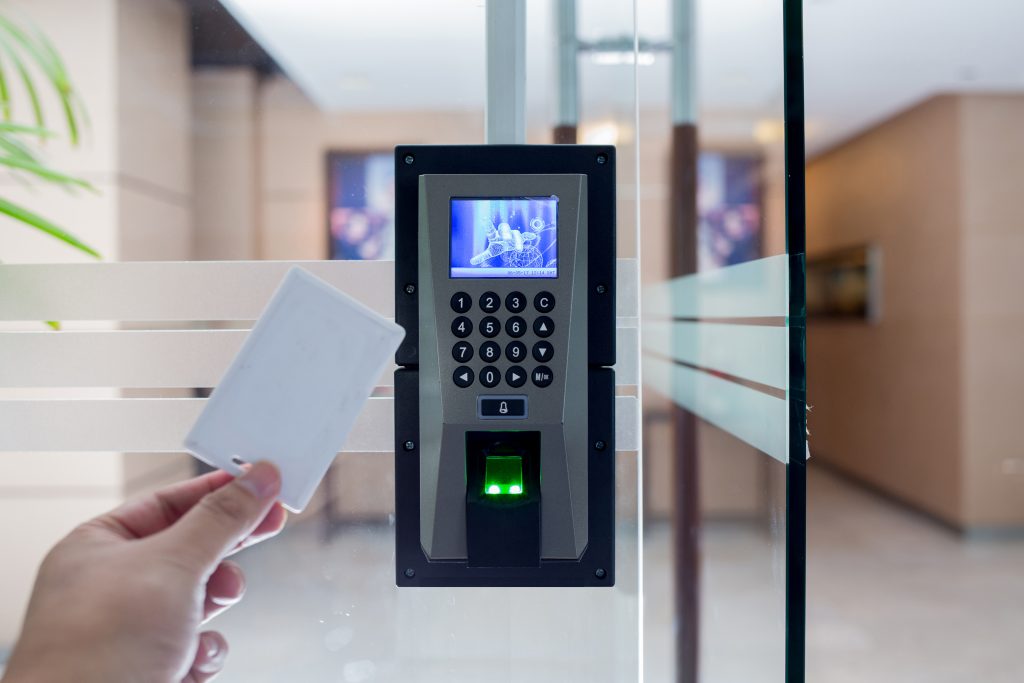
Understanding the Fundamentals of Access Control Systems
Before delving into the installation process, it’s essential to have a firm grasp of the core components and functionalities of an access control system.
The Core Elements of an Access Control System
Effective access control systems typically consist of several interconnected elements, each playing a crucial role in the overall security framework.
Access Readers and Sensors
These devices, strategically placed at entry points, are responsible for identifying and verifying authorized individuals.
Control Panels and Interfaces
The control panel acts as the brain of the system, managing the flow of information and decision-making processes.
Locks and Access Points
The physical locks and access points serve as the final line of defense, restricting entry to authorized individuals only.
Technological Advancements in Access Control
The field of access control has witnessed significant technological advancements, offering a range of innovative solutions to enhance security and user experience.
Biometric Identification
Biometric technologies, such as fingerprint scanners or facial recognition, provide a highly secure and convenient method of identification.
Mobile and Cloud-Based Access Control
Emerging cloud-based and mobile-enabled access control systems offer increased flexibility, scalability, and remote management capabilities.
Assessing Your Access Control System Requirements
Before selecting and installing an access control system, it’s crucial to thoroughly assess your specific security needs and operational requirements.
Evaluating Your Facility and Access Points
The first step in the assessment process involves a comprehensive analysis of your facility’s layout and the access points that require control.
Mapping Entry and Exit Points
Identify and document all the entry and exit points within your facility, regardless of their current security measures.
Categorizing Access Zones
Divide your facility into distinct access zones, based on the level of security and access control required in each area.
Determining User Groups and Access Privileges
Understanding the different user groups and their respective access requirements is essential for configuring an effective access control system.
Identifying User Roles and Responsibilities
Clearly define the various user roles, such as employees, visitors, or contractors, and their corresponding access needs.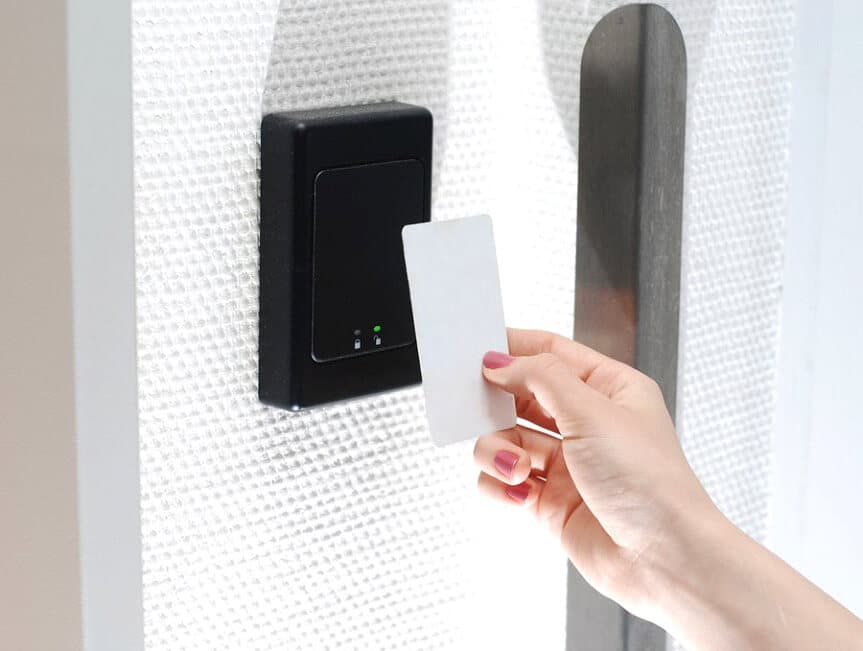
Establishing Access Privileges
Develop a detailed access control matrix that outlines the specific permissions and restrictions for each user group.
Considering Scalability and Expansion Requirements
As your organization grows or your security needs evolve, it’s essential to select an access control system that can adapt and scale accordingly.
Anticipating Future Expansion
Evaluate your current and anticipated growth plans to ensure the chosen system can accommodate future expansion and changes.
Ensuring Compatibility with Existing Infrastructure
Assess the compatibility of the access control system with your facility’s existing security, IT, and building management infrastructure.
Selecting the Appropriate Access Control Solution
With a comprehensive understanding of your security requirements and operational needs, you can now proceed to the selection of the most suitable access control solution.
Evaluating System Features and Capabilities
Carefully examine the features and functionalities offered by various access control systems to ensure they align with your specific requirements.
Identification and Authentication Methods
Assess the available identification and authentication options, such as card readers, biometrics, or mobile credentials.
Monitoring and Reporting Capabilities
Prioritize systems with robust monitoring and reporting features to track and analyze user activity and access events.
Considering System Scalability and Flexibility
The selected access control solution should possess the flexibility to adapt to your evolving security needs and operational changes.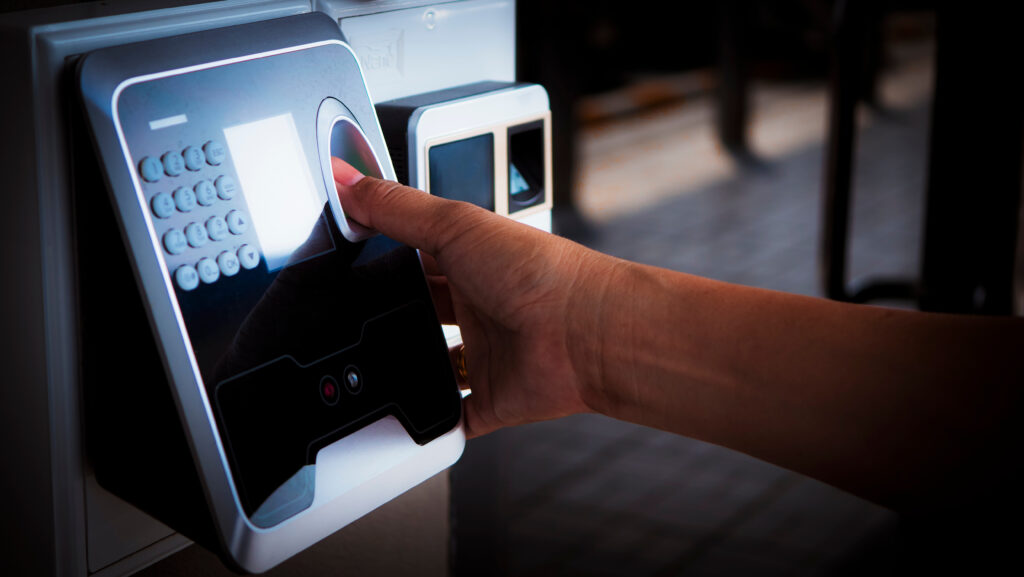
Scalability and Expandability
Ensure the system can seamlessly scale up or down to accommodate changes in the number of access points or user population.
Integration with Other Security Systems
Evaluate the system’s ability to integrate with other security technologies, such as video surveillance or intrusion detection, for a comprehensive security approach.
Evaluating Installation and Maintenance Requirements
The ease of installation and ongoing maintenance should be factored into the decision-making process to ensure a smooth and efficient implementation.
Ease of Installation and Configuration
Assess the complexity of the installation process and the availability of professional installation services.
Maintenance and Technical Support
Consider the system’s maintenance requirements and the level of technical support provided by the manufacturer or vendor.
Implementing the Access Control System
Once you have selected the appropriate access control solution, the next step is to ensure a seamless installation and integration of the system.
Site Evaluation and System Design
The implementation process begins with a thorough evaluation of the installation site and the design of the access control system.
Mapping Access Points and Zones
Collaborate with the installation team to accurately map out the access points and designated access zones within your facility.
Optimizing Component Placement
Determine the optimal placement of access readers, control panels, and other system components to ensure efficient and effective coverage.
Physical Installation and Integration
The physical installation of the access control system components and their integration with your existing infrastructure is a critical phase.
Mounting Access Readers and Sensors
Securely install the access readers and sensors at the designated entry and exit points.
Connecting to Power and Network
Establish the necessary power and network connections to ensure the seamless operation of the access control system.
System Configuration and Programming
After the physical installation, the access control system must be properly configured and programmed to align with your specific security requirements.
Defining User Profiles and Access Privileges
Establish user profiles and access privileges based on the previously defined user roles and responsibilities.
Configuring Monitoring and Reporting
Set up the system’s monitoring and reporting capabilities to track user activity and generate necessary security logs.
Testing, Commissioning, and Training
Prior to the full-scale deployment of the access control system, it’s essential to thoroughly test the system, commission it for operation, and provide comprehensive training to end-users.
Comprehensive System Testing
Conduct rigorous testing to ensure the access control system is functioning as intended and identify any potential issues.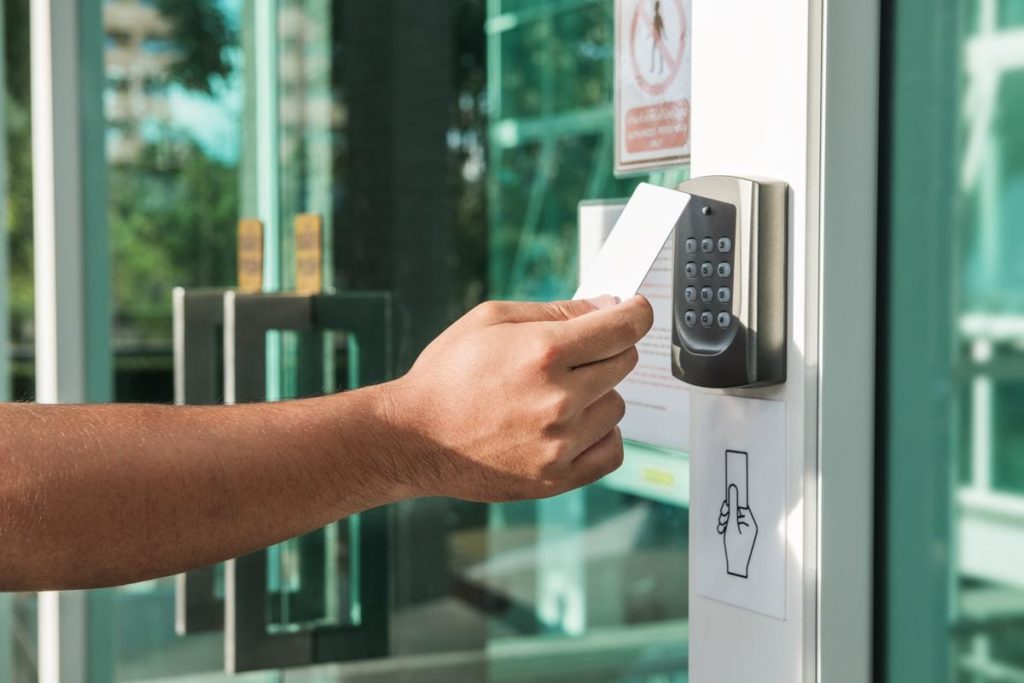
Verifying System Functionality
Thoroughly test the system by simulating various user scenarios and access attempts, ensuring the system responds as expected.
Addressing and Resolving Troubleshooting
If any issues are encountered during testing, work closely with the installation team to troubleshoot and resolve them.
Commissioning and Go-Live
Once the system has been thoroughly tested and any necessary adjustments have been made, it’s time to commission the access control system for full-scale operation.
Obtaining Necessary Approvals
Ensure that the access control system complies with all relevant building codes, regulations, and local authorities.
Transitioning to Live Operation
Collaborate with the installation team to smoothly transition the access control system from testing to live, full-scale operation.
User Training and Education
Providing comprehensive training and education to the end-users is critical for ensuring the effective and secure operation of the access control system.
Instructing on System Usage
Train users on the proper procedures for accessing the system, including the use of access cards, biometric scanners, or keypads.
Covering Maintenance and Support
Educate users on the maintenance requirements and the process for reporting any issues or concerns to the appropriate support channels.
Conclusion: Enhancing Security with Seamless Access Control System Installation
The installation of an effective access control system is a crucial step in enhancing the security of your spaces and safeguarding your valuable assets. Through this comprehensive guide, you have gained a deep understanding of the fundamental components and functionalities of access control systems, the process of assessing your security needs, and the strategies for selecting and implementing the most suitable solution.
By meticulously mapping your access points, defining user roles and access privileges, and selecting an access control system tailored to your specific requirements, you are now equipped to take control of the security landscape within your facility. The detailed installation and commissioning procedures outlined in this article will ensure a seamless integration of your access control system and its long-term effectiveness in protecting your spaces.
As you continue to navigate the evolving landscape of access control systems, remember to remain vigilant, adaptable, and open to the latest technological advancements. Stay informed about industry trends, seek professional guidance when necessary, and regularly evaluate the performance of your access control system to maintain a robust and resilient security infrastructure. By doing so, you’ll unlock the full potential of access control system installation and enjoy the peace of mind that comes with a secure and well-protected environment.
Enhance the security of your spaces through the seamless installation of an access control system and safeguard your valuable assets with confidence.
